Field Notes from Madagascar: Turning Surveillance into Local Skill
- jane glavan
- Jun 1
- 2 min read
Last week, part of our team joined WWF Madagascar and GRID-Arendal in Diego Suarez for a hands-on test pilot project focused on community-led monitoring of illegal fishing using drones.
This wasn’t a demo. It was a week of practical training, co-building, and shared learning—designed to show what happens when powerful tools are placed directly in the hands of the people who need them most.
From the outset, we were impressed by the depth of existing knowledge on the ground. Local teams had already been working with drones for mapping and environmental monitoring, and there’s even a vibrant hobbyist community building and flying their own systems. It was a potent reminder of a principle we carry everywhere: never walk into a community with assumptions. Skill, insight, and innovation are already there—we’re here to listen and build with.
We began the workshop with the basics: walking through our modular drone systems, piece by piece. Yes, there were slides—but they were paired with each physical component, passed hand to hand, discussed,
and assembled as a group. Then came the simulators. We trained in full manual mode (no stability assistance) to give participants a real sense of how drones move and respond. It’s low-risk, but incredibly effective at building confidence.
By the time we got to live flights, something had already shifted. The technology no longer felt abstract. After a short clip of a 9-year-old from the local community flying his own drone with ease, the workshop participants took over—flying full loops in safe mode, understanding each control, adjusting for wind, and laughing through the nerves.
This pilot wasn’t just about testing equipment. It was about proving that drone surveillance doesn’t have to be outsourced, overcomplicated, or out of reach. With the right training and access to tools, communities can run their own marine monitoring programs—on their terms, with their knowledge, and for their coastlines.
We’re grateful to WWF Madagascar and GRID-Arendal for the trust and collaboration, and especially to the local participants whose energy, skill, and openness made this project what it was. We’re looking forward to the next phase—together.













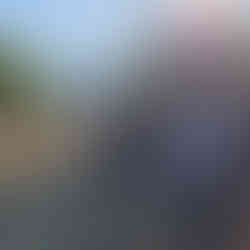

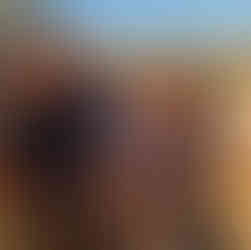

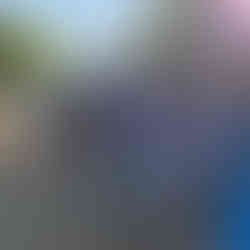

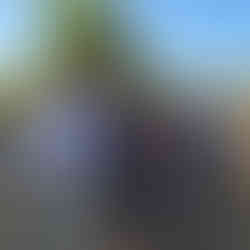

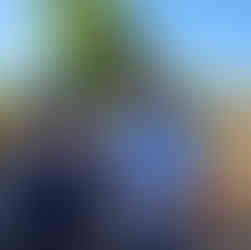





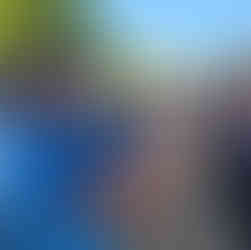

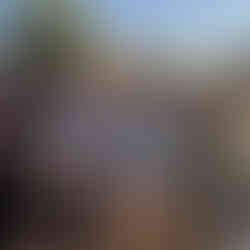

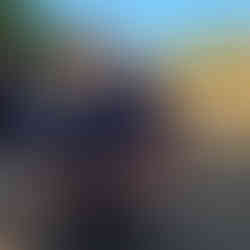

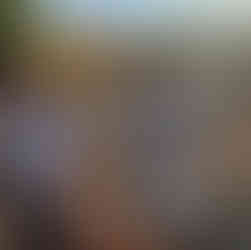


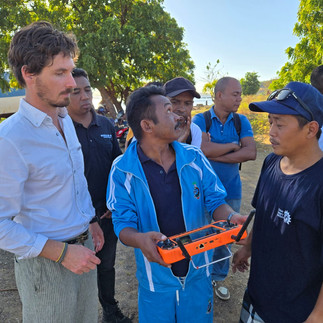


Comments